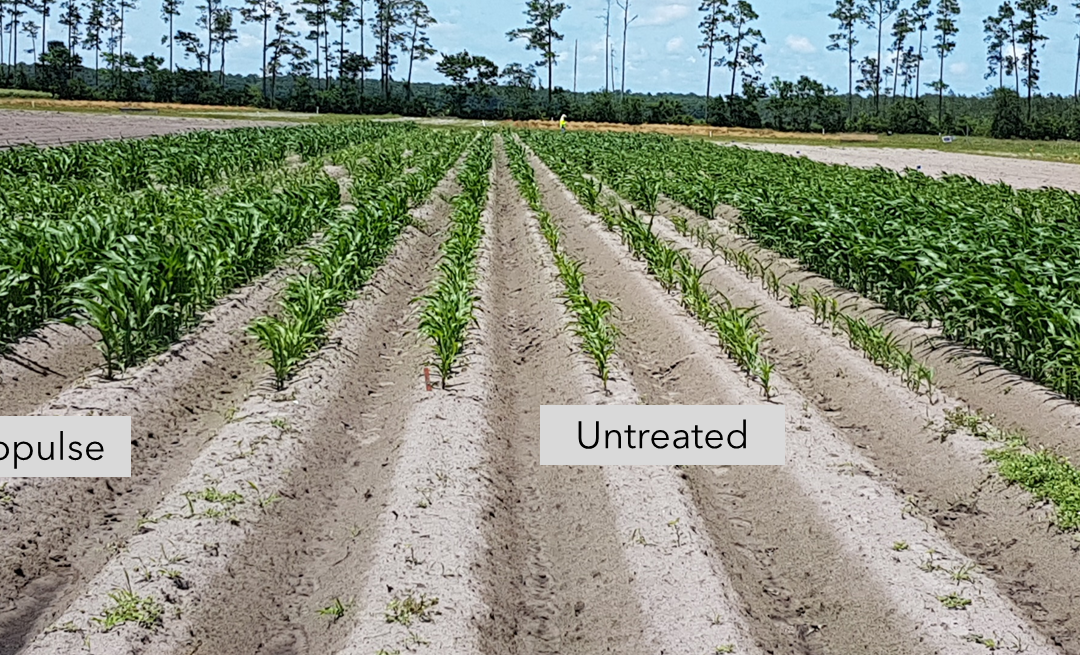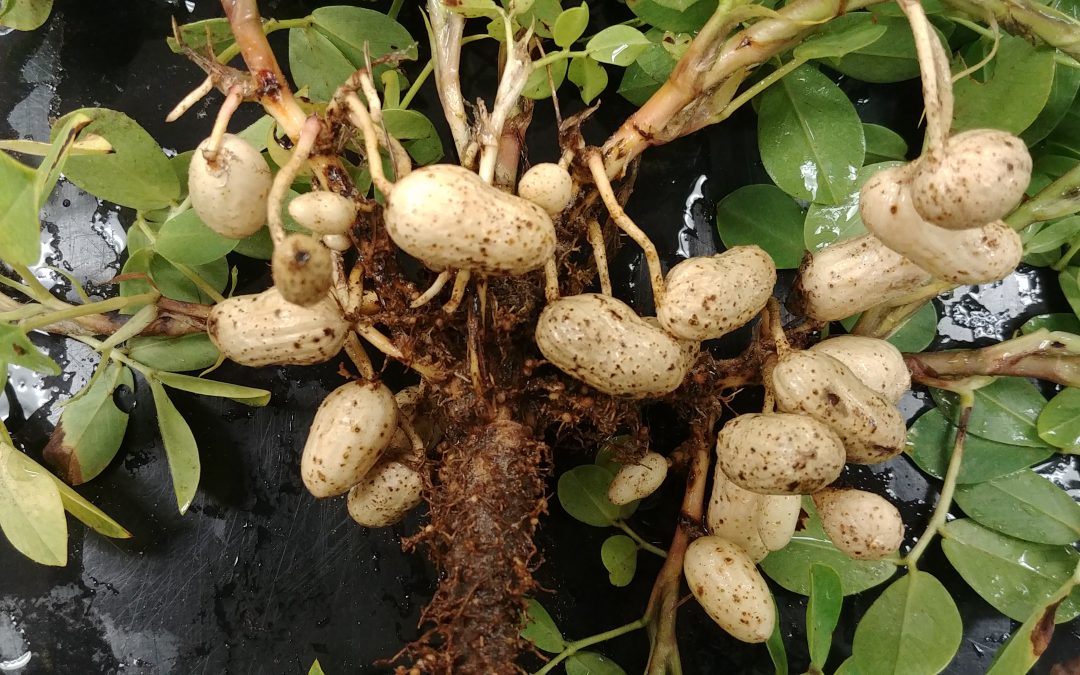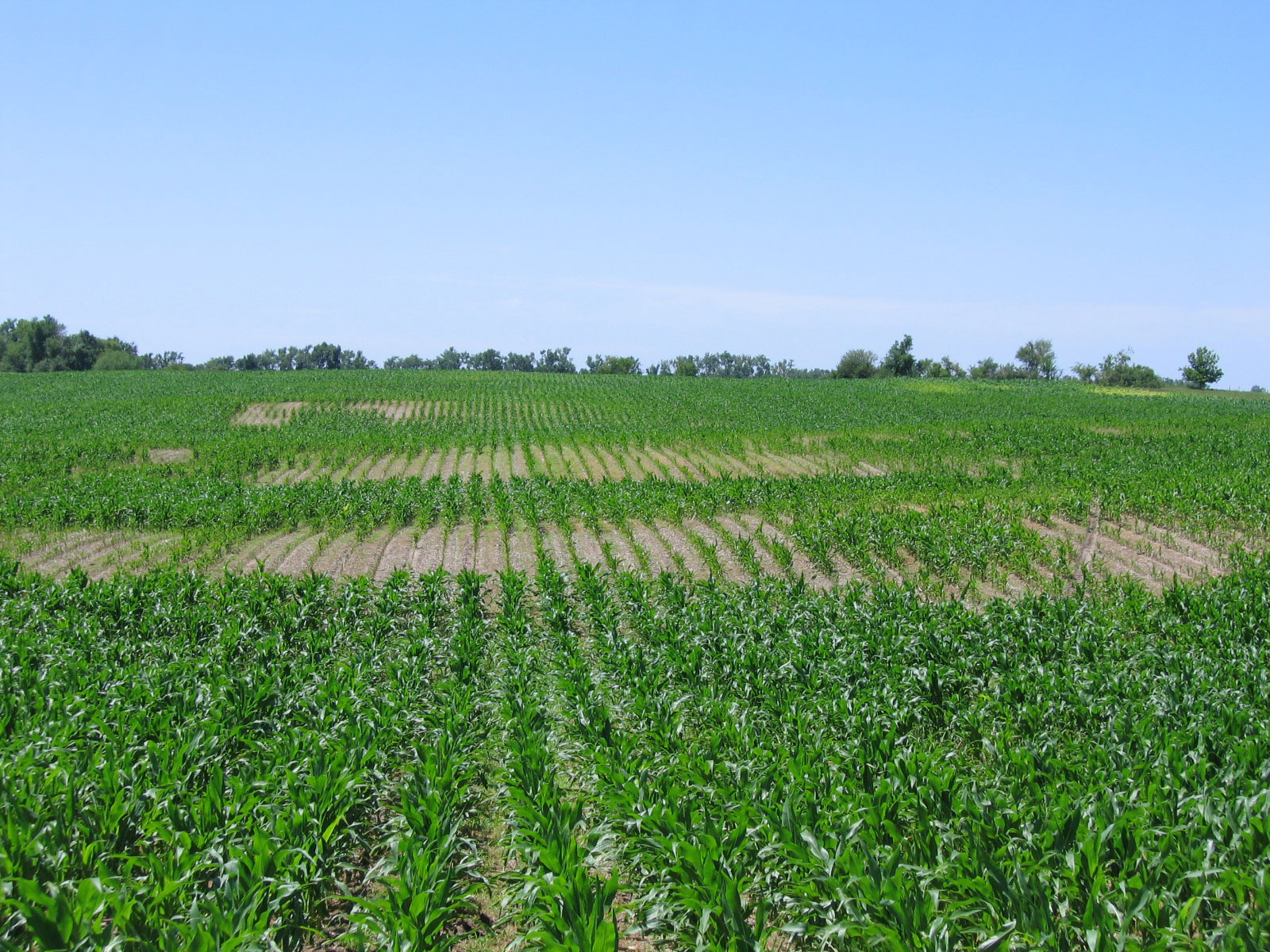
by Zane Grabau | Mar 20, 2020
As much of the world adjusts to changes in our daily life due to measures to combat COVID-19, farmers continue to do what they do – work to produce food. In the Southeast, field corn planting is underway. Nematodes can be a major yield drag in field corn....

by Zane Grabau | Apr 26, 2019
Most agriculture professionals recognize that plant-parasitic nematodes can drag down peanut yield. In the Southeast, peanut nematodes are often assumed to be peanut root-knot nematodes (Meloidogyne arenaria and Meloidogyne javanica) because they are widespread,...

by Molly Jameson | Nov 9, 2018
Nematodes. Those microscopic, worm-like creatures that enter or attach themselves to crop roots, pierce root tissue, suck up root juices, and destroy crop yields. But did you know, plant-parasitic nematodes are only a very small fraction of the nematodes living in...

by Zane Grabau | Feb 3, 2017
Zane Grabau, UF/IFAS Entomology & Nematology Department & Patrick Troy, Regional Row Crop Agent Plant-parasitic nematodes, including sting, root-knot (RKN), and stubby-root nematodes among others can cause significant damage to Florida field corn. Nematicide...
by Shep Eubanks | Oct 31, 2012
Now is the time to sample peanut and cotton fields for nematodes in preparation for next year’s crop, as nematode populations are at some of their highest populations during harvest time. Plenty of plant roots are still available for the nematodes to feed upon...





